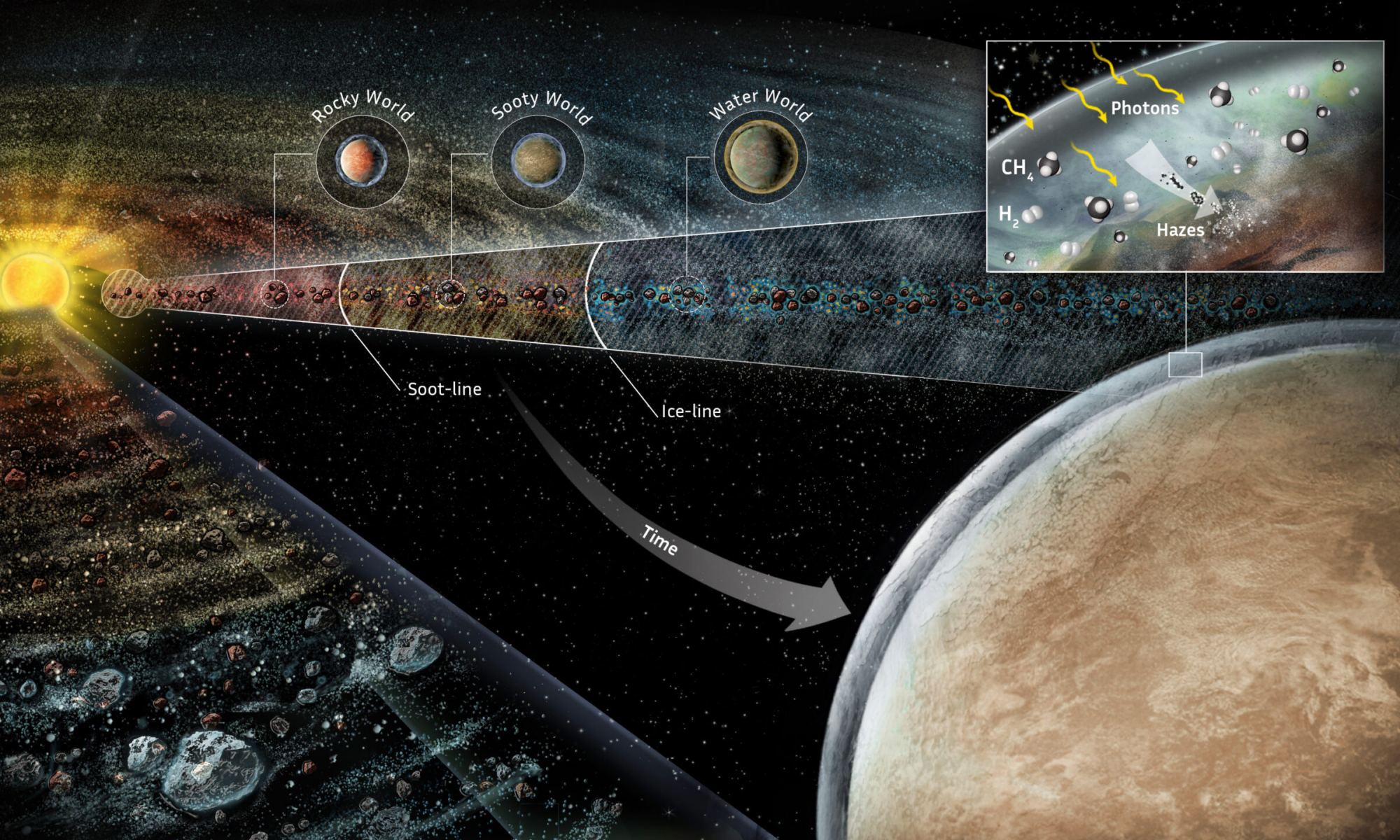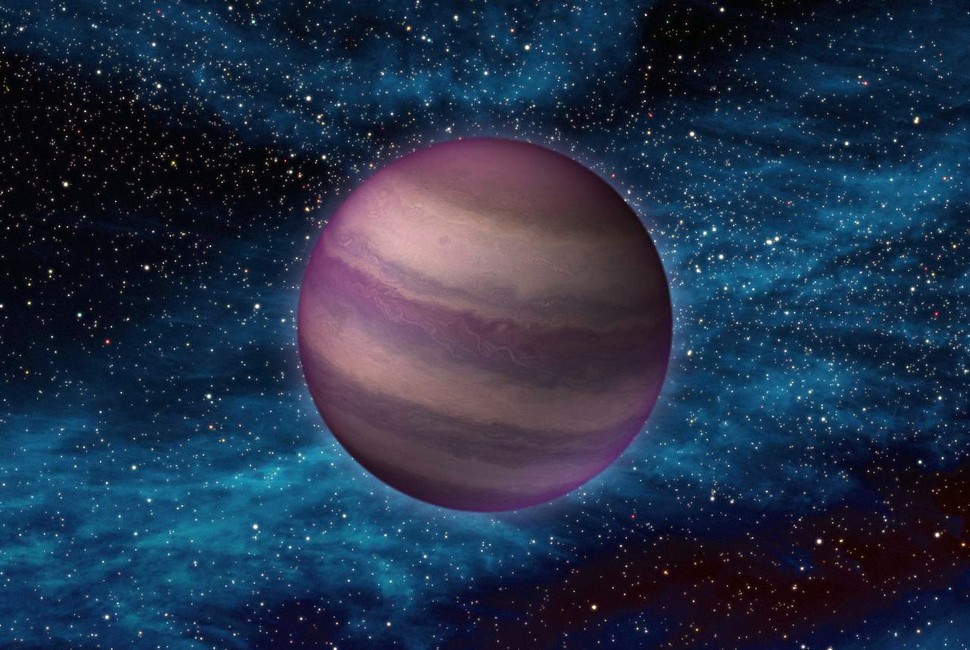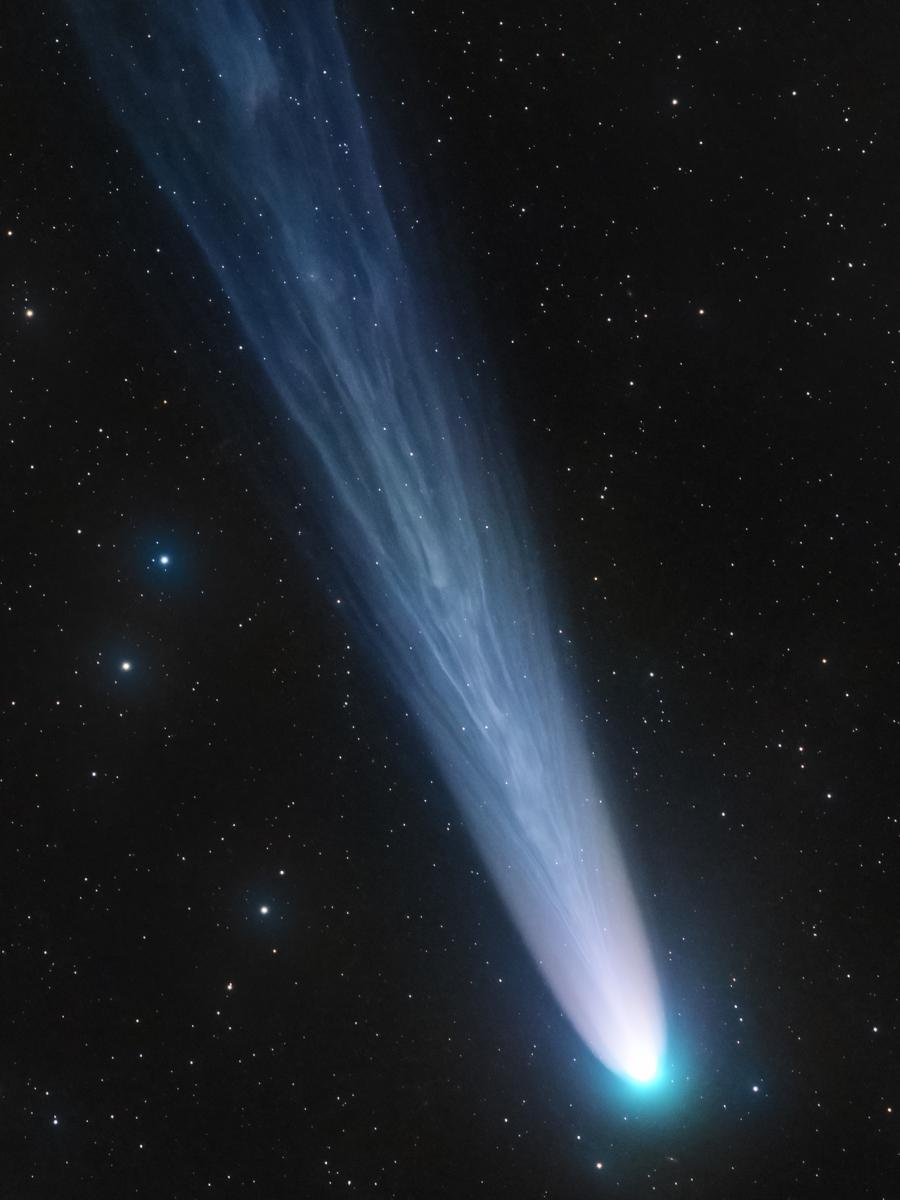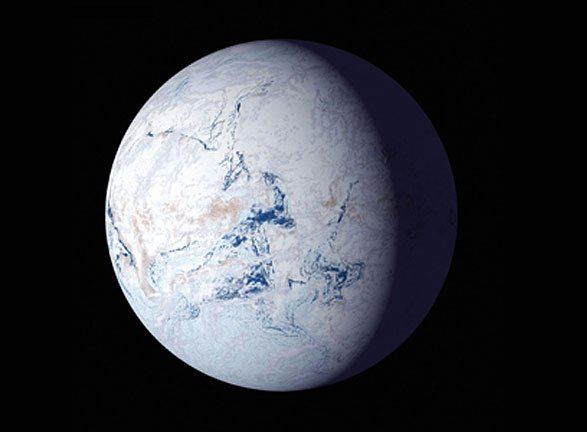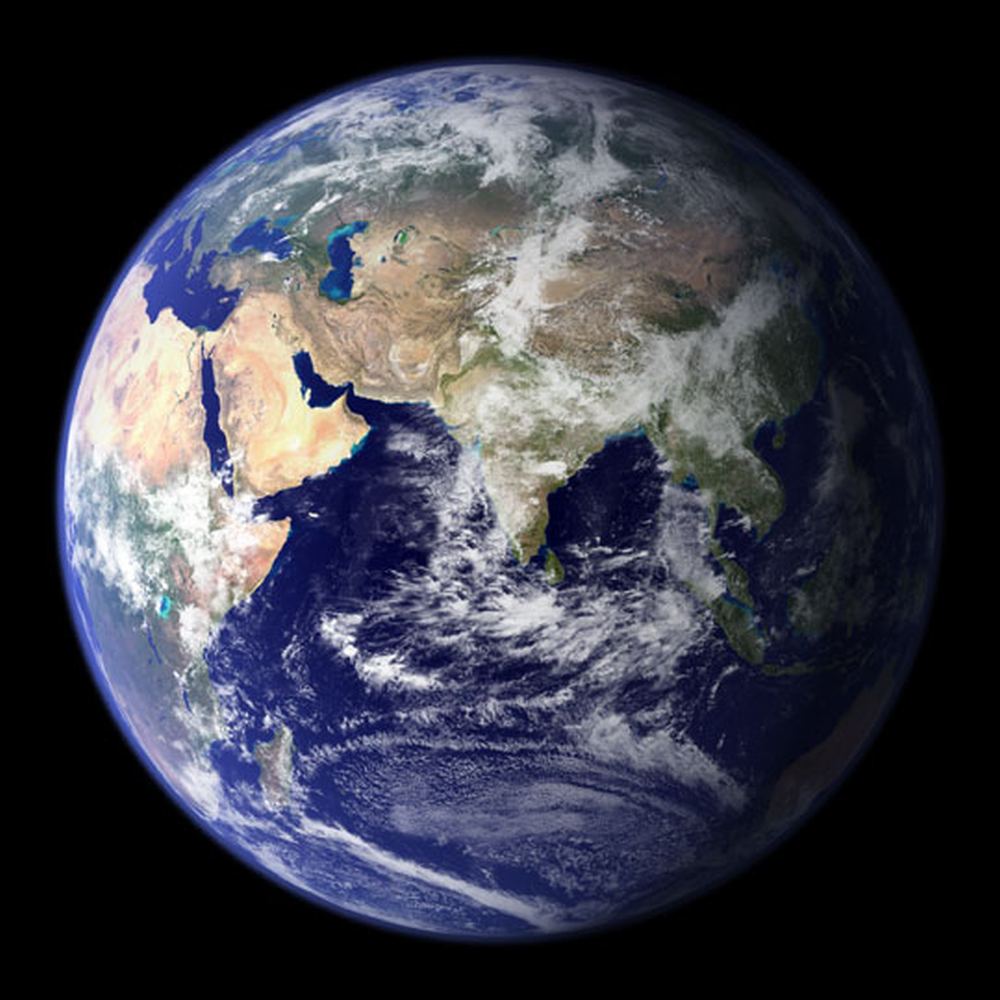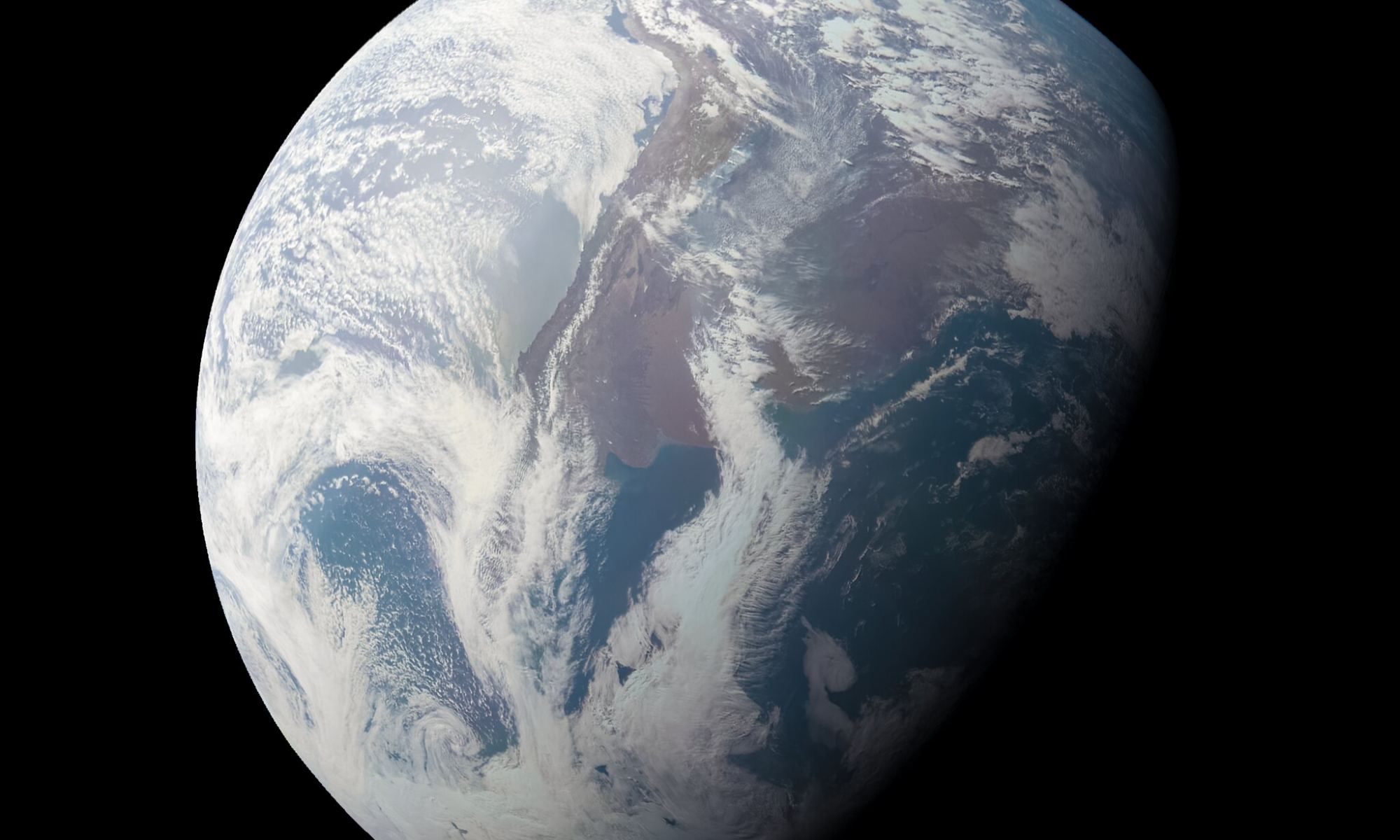The habitable zone is the region around a star where planets can maintain liquid water on their surface. It’s axiomatic that planets with liquid water are the best places to look for life, and astronomers focus their search on that zone. As far as we can tell, no water equals no life.
But new research suggests another delineation in solar systems that could influence habitability: The Soot Line.
Continue reading “A New Place to Search for Habitable Planets: “The Soot Line.””
